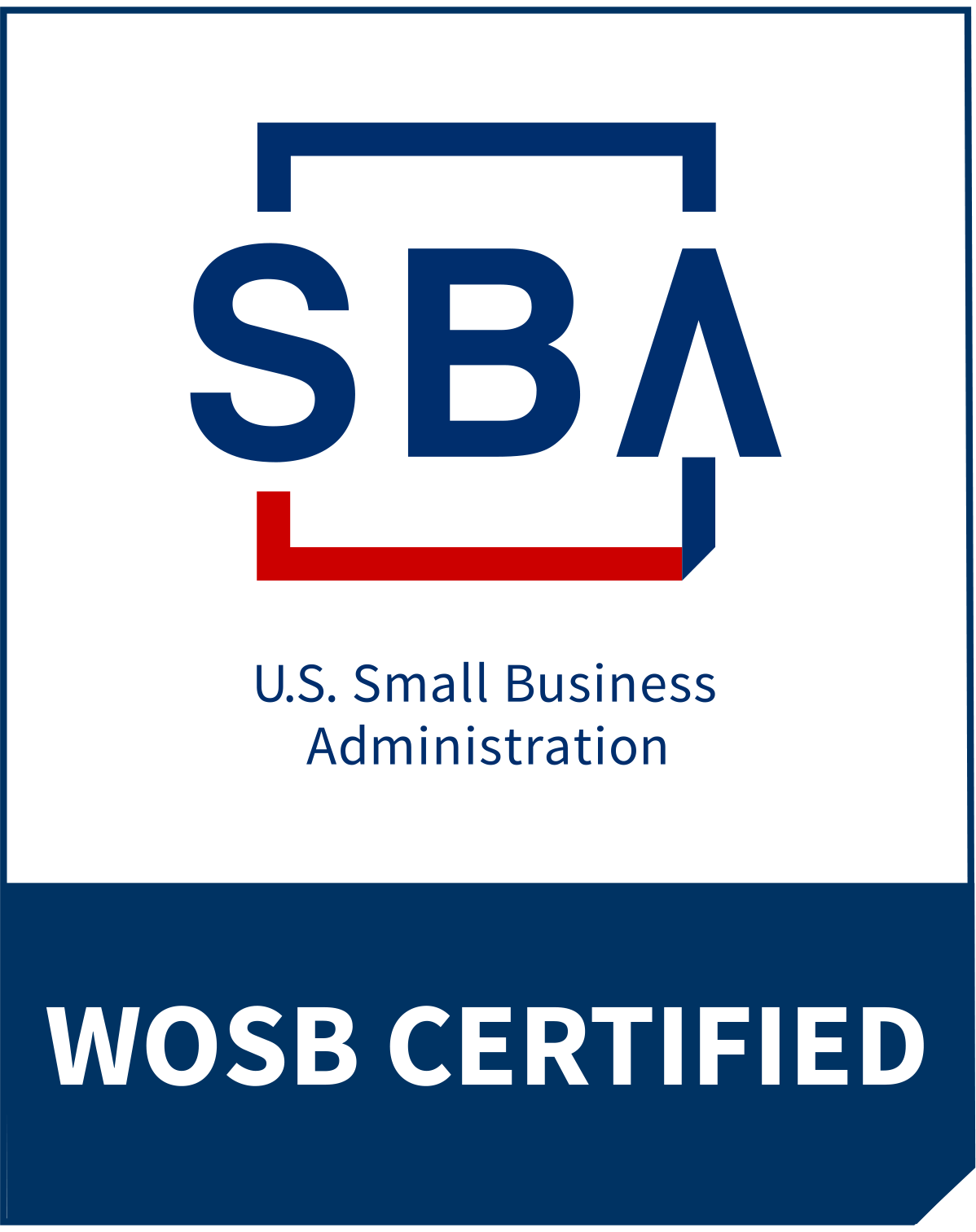Performance Management
How to Provide Real-Time Feedback and Better Manage Quarterly Reviews
by Liz Boyles and Melissa Neidermeyer
When the phrase “performance management” comes up in conversations, it is often accompanied by a sigh, groan, or even anxiety.
At CGS, we challenge our clients to move beyond the perception of performance management as a check-the-box activity. We show them the potential it has to create meaningful change for both employees and the organization. We believe the goal of performance management is to open a mutually beneficial dialogue in which both the manager and employee invest time, energy, and resources to help the employee become the best contributor to the organization that he or she can be.
In order for managers to do their part, they must give timely feedback and capitalize on every quarterly review, but how do you keep employees engaged year round? How do you keep mid-year reviews from being a waste of time? Our clients often struggle to answer these questions and this article provides tips on how to add meaning to performance management based on our experience and a review of some relevant articles on the subject1.
Question 1: How do we give effective, timely feedback?
Feedback, whether positive or negative, can be hard to relay. For many busy managers, giving feedback often falls to the bottom of to-do lists. The reality is that well-executed feedback is essential for growth. Positive and constructive feedback is an investment in your employees’ professional welfare and your organization’s ability to accomplish its mission. Here are some ideas about how to execute it well2.
1) Prepare: Whether you’re giving positive or constructive feedback, make sure that you take a few minutes to ask the following questions:
- Why am I giving this feedback? Am I trying to help my employee improve or am I venting?
- Am I willing to hear the employee’s perspective?
- What is my desired outcome for this session?
- What specific behavior do I need to address?
- What was the impact of that behavior on me, my team, and my organization’s work?
2) Find the Right Setting:
- Timing: Be thoughtful about when the employee will be best positioned to receive feedback.
- Location: Make sure your feedback is private.
- Permission: Asking employees’ permission to give feedback will give them the opportunity to pick a time when they feel open and ready to hear your comments. It helps demonstrate that you are on their team.
3) Describe the Specific Behavior: Be as specific as possible in describing the behavior, without judgment or approval. When did it take place, what exactly was said/done, and who was present? Think of this as playing back a video recording to illustrate what occurred.
4) Explain the Impact: Be specific about how the behavior positively or negatively impacted you, the team, and the quality of the work.
5) Move Forward: Where appropriate, co-create a plan for how you and the employee are going to navigate similar situations going forward. It may mean replicating a process that worked well or agreeing to a set of actions to improve.
Time-Saving Tip: Regularly walk around your office to check-in with employees and provide positive and corrective touchpoints. Feedback does not need to take a lot of time, particularly if you and your employees are in the habit of giving and receiving it on a daily/weekly basis. Making a regular effort to provide feedback will speed up formal performance meetings. You and your employees will be used to giving and receiving feedback, and you’ll be summarizing an ongoing conversation instead of starting from scratch.
Question 2: How do we have meaningful quarterly check-ins to review performance?
In order to continue the momentum that you’ve built by providing timely feedback to employees, it is imperative that you invest in and carve out time for quarterly reviews. These reviews act as formal, big picture appraisals of how employees are performing. This is your opportunity to step back, discern your employees’ strengths and weaknesses, and keep your team on track for success. Here are 5 tips to guide you through this process.
1) Meet with your Leadership: It is critical that you understand the priorities and expectations of your organization so that you can accurately evaluate, course correct, and provide relevant feedback to your employees.
2) Make a Plan: Ask these questions before you meet with your employees.
- Purpose: Why are we having these meetings?
- Outcome: What do I hope to get from these meetings? What do my employees hope to get?
- Alignment: How do these individuals fit into the larger organization? What are their contributions?
- Progress/Performance: How effectively are these individuals meeting the goals we laid out for this year? Use specific examples and consider how they might improve or build on their performance.
- Values: Consider how well your employees are living the values of the organization at work. Use specific examples.
- Plan: Prepare an agenda for your meetings. Decide what to say and when/how/where it should be said.
3) Dialogue: Invite employees to share their perspectives on how things have been going and, as appropriate, ask for their feedback on your job as a manager. Use these meetings as an opportunity to build trust by being honest and fair to your employees and invite them to do the same.
4) Co-Create Action Plans: Work with employees (ask for their ideas!) to make a plan to tackle challenges and to build toward their goals for the next review period.
5) Follow-Up: Take notes from your meetings. These will be a huge asset to you as you prepare for the next review. Be sure to ask your employees about their progress against any Action Items throughout the period.
Time-Saving Tip: Keep a weekly log of your employees’ performance that you can use as a reference for your informal and quarterly check-ins.
The performance management process is an opportunity. When well executed, it can build trust, foster employee growth, and create a more resilient organization. When managers take their roles in performance management seriously, provide timely feedback, and build capacity of their employees, the investment reaps exponential benefits for the employees and the organization.
1We found the following articles to be helpful in framing our understanding of performance management:
“How to Give Feedback that Works,” by Pretty Young Professional (Forbes Magazine), May 2011.
“How to Give Tough Feedback that Helps People Grow,” by Monique Valcour (Harvard Business Review), August 2015.
“Giving Feedback: Keeping Team Member Performance High, and Well-Integrated,” by Mind Tools Editorial Team (MindTools).
“Delivering an Effective Performance Review,” by Rebecca Knight (Harvard Business Review), November 2011.
“8 Ways to Improve Your Performance Review Process,” (ReliablePlant).
2Feedback model adapted from the Center for Creative Leadership and DDM Consulting LLC.




